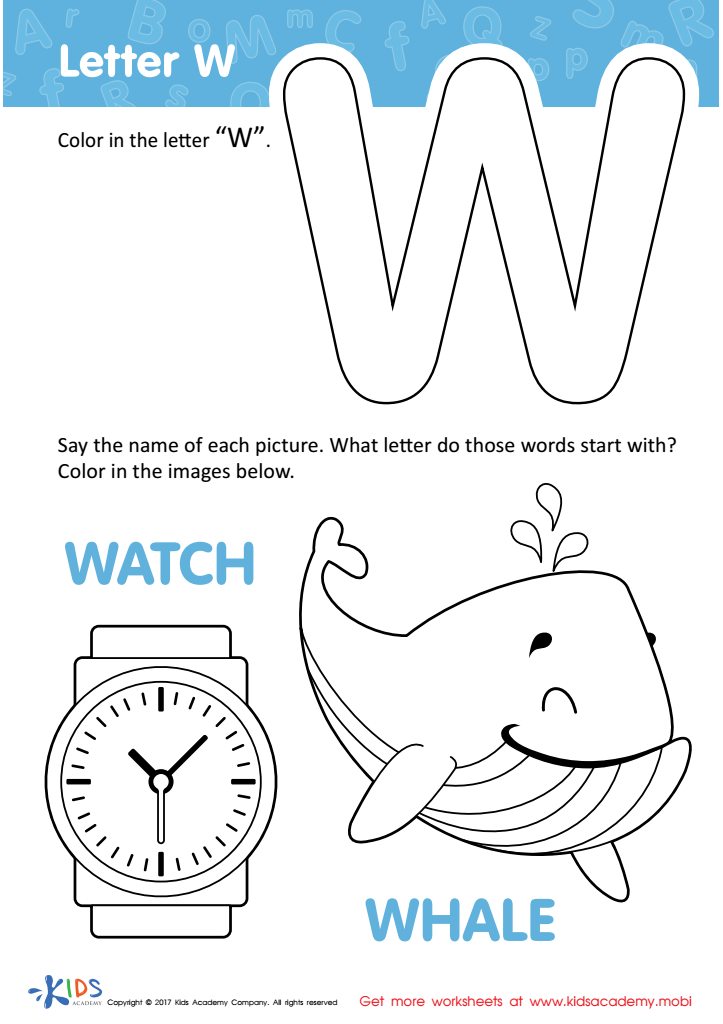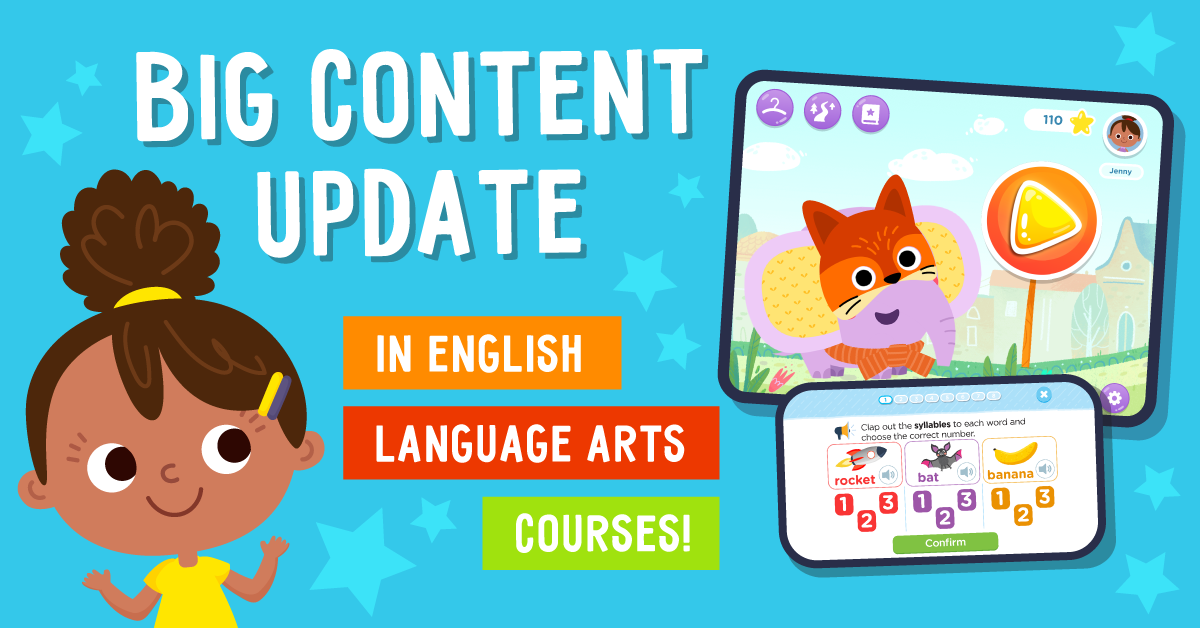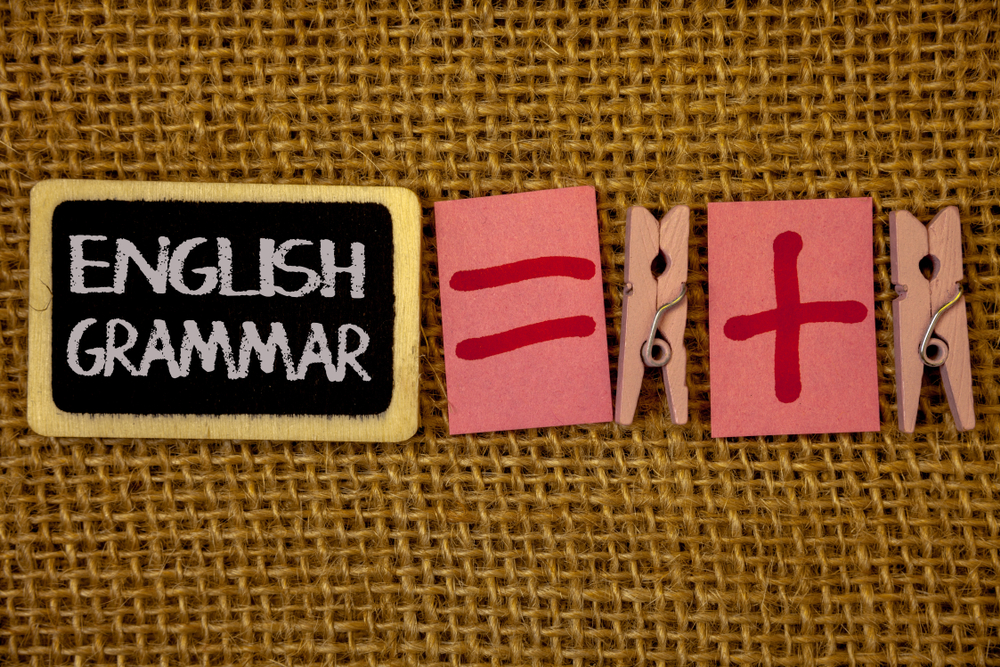Phonics learning Worksheets for Kids
1 filtered results
-
From - To


Letter W Coloring Sheet
Question/Answer
How does the mastery of the Phonics learning skill affect a student's performance at an early age?
Mastery of the Phonics learning skill significantly boosts a student's early performance by enhancing reading, spelling, and comprehension abilities. It builds a strong foundation for decoding words, leading to increased reading accuracy and fluency. This foundational skill fosters confidence, encourages a love for reading, and supports overall academic success in various subjects.
Why is the Phonics learning skill important for Preschool students?
Phonics learning is crucial for preschool students because it lays the foundational skills for reading and writing. By understanding the relationship between letters and sounds, children can begin to decode words, enhancing their ability to read fluently and expanding their vocabulary. This early literacy skill is essential for academic success and fosters a lifelong love of reading.
How to train the Phonics learning skill in Preschool students learning about ABC Coloring Pages?
To train phonics skills in preschoolers using ABC Coloring Pages, introduce each letter with its sound, encourage students to color while verbally repeating the letter’s sound. Incorporate fun activities like singing alphabet songs, matching letters with objects starting with that sound, and tracing letters to reinforce sound-letter recognition.
 Assign to the classroom
Assign to the classroom












